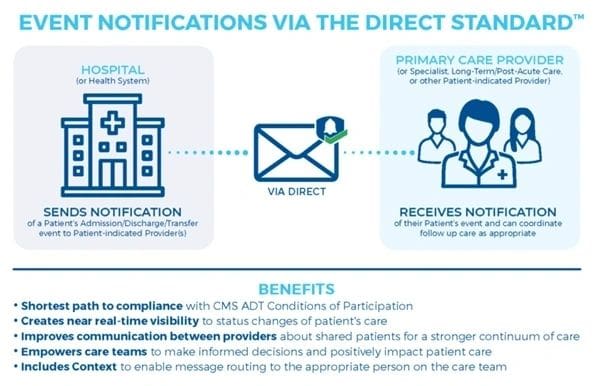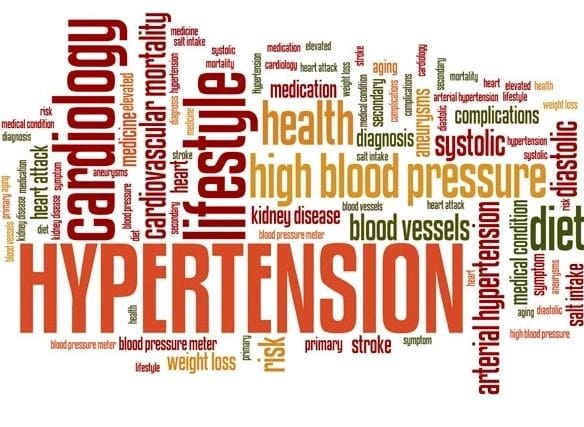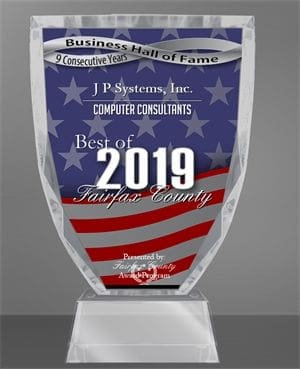Healthcare IT
The Importance of High Quality Data for AI Reliability
Garbage in = Garbage Out = High Risk By Lindsay Westervelt J P Systems, Inc. Artificial Intelligence (AI) is a hot topic right now in healthcare for numerous reasons. Namely, AI has the potential to reduce clinical burnout and fatigue by improving Clinical Decision Support. AI uses Machine Learning to create predictive logic and “act”…
Read MoreKeeping Everyone in the Know: New CMS ADT Rule
Author: David C. Kibbe, MD On March 9, 2020, the Centers for Medicare & Medicaid Services (CMS) issued the Interoperability and Patient Access Final Rule aimed at enhancing interoperability and increasing patient access to health information. This Final Rule contains a new Condition of Participation (CoP) that requires all hospitals, psychiatric hospitals, and Critical Access Hospitals to electronically share (via an…
Read MoreThe Importance of a Nursing Data Framework
By Dr. Luann Whittenburg, RN, PMP, FHIMSS A Nursing Data Framework can give healthcare providers a way to garner business intelligence to save money and reduce risk by improving workflows, load leveling personnel schedules, and improving patient safety. With more than 4 million nurses in the U.S., nurses are the largest clinical segment of the U.S. healthcare…
Read MoreJ P Systems Scores Two New Big Contract Wins!
On February 25, J P Systems received notification from VetsEZ, a Service-Disabled Veteran Owned Small Business (SDVOSB), that they received a 3 year $75M prime T4NG contract award by the Department of Veterans Affairs. This award is the T4NG Community Care DevSecOps Contract. This award is to provide Community Care DevSecOps support services. As a subcontractor to VetsEZ,…
Read MoreThe Terminology You Use to Describe Healthcare Data Matters
An Argument for Standardized Reference Terminologies One hundred and forty, 140 – that’s how many different ways there are to describe arterial hypertension, more frequently known as high blood pressure. It may seem like a small number, but if we have 140 different hospitals using 140 different terms for arterial hypertension, we suddenly have 140 hospitals…
Read MoreData Has to Move at the Speed of Care!
In Healthcare IT, clinical data needs to move! Electronic Health Record systems (EHRs) need to send data both internally, such as other domain-focused applications like the Blood Bank, PACS System, Nurse Staffing, Sepsis Management, Respiratory, Wound Care, and Fetal Monitoring and and externally to another provider or the CDC. If your EHR can’t effectively exchange data within…
Read MoreThe Strengths and Weaknesses of the HL7 FHIR Messaging Standard
Healthcare IT Data Standards: FHIR Health Level Seven’s (HL7) Fast Healthcare Interoperability Resources (FHIR) is a new interoperability standard that has rapidly captured the mind-share of the Health Information Technology (HIT) standards community. FHIR is a standard that enables healthcare data sharing between systems in a manner that is more easily implemented and more expressive…
Read MoreThe Story of State Immunization Registries
By Lisa Erickson Have the sending or receiving of COVID-19 immunization data at the top of your mind? J P Systems works to connect organizations using standardized HL7 messaging for vaccine reporting purposes. We thought the story of the birth of the first immunization registry would be a timely topic. This is the story of…
Read MoreA Brief Review of CMS and ONC Rulings
By David C. Kibbe, MD MBA, Healthcare IT Subject Matter Expert Having scanned the ONC and CMS Final Rules, two things pop out right away in regard to requirements for provider notifications, interoperability and Direct Secure Messaging for clinical data. The first is that ONC decided NOT to remove the “secure messaging” criterion from its…
Read MoreJ P Systems Wins Award for Fairfax County Business Hall of Fame
J P Systems, Inc. is among a very small group of companies that have won the Best of Fairfax County Award for nine consecutive years. This distinction has qualified J P Systems, Inc. for the 2019 Fairfax County Business Hall of Fame. We won in the category of Computer Consulting.
Read More









